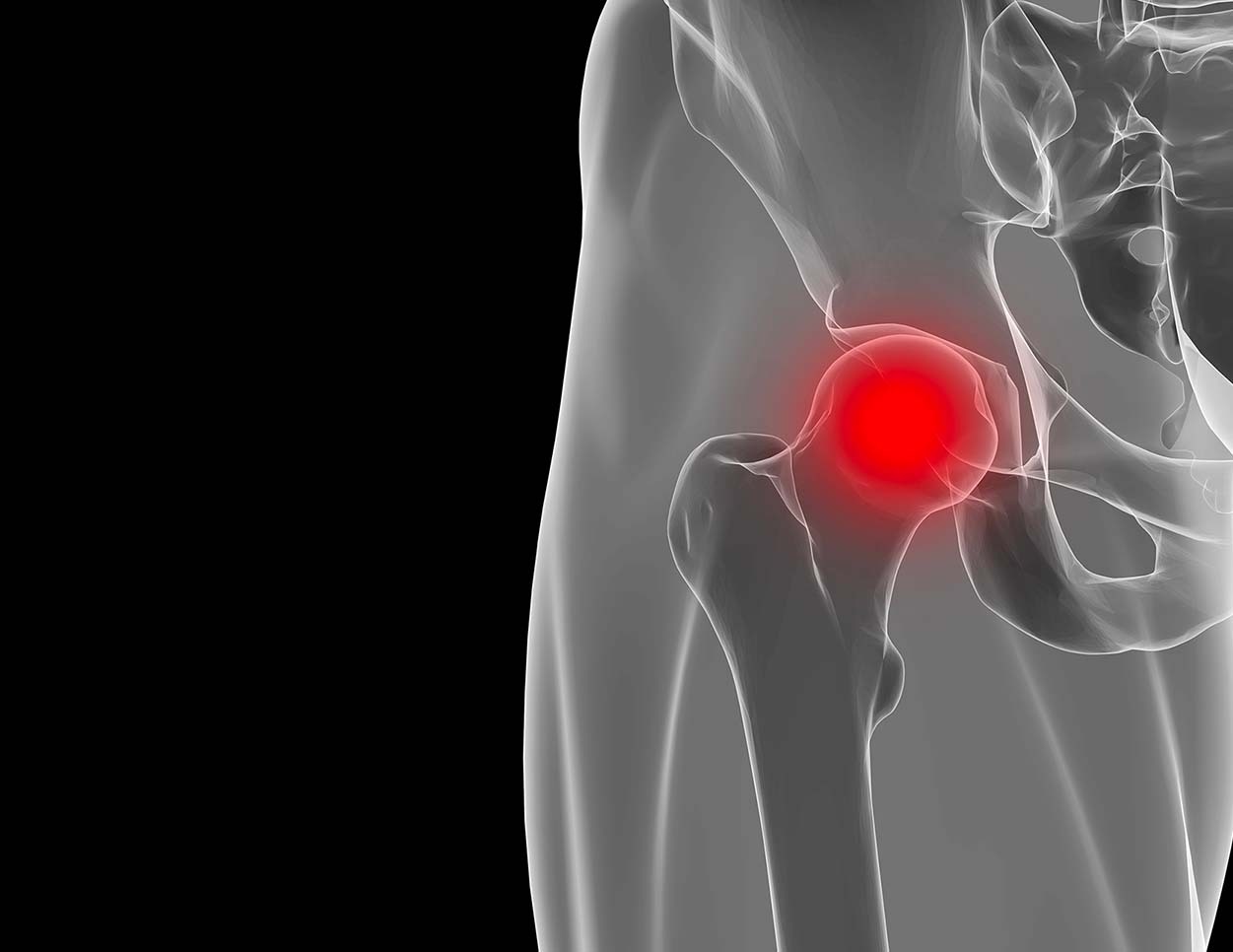Hip Dysplasia
Hip dysplasia is a congenital or acquired malformation of the hip, developing during childhood and adolescence. It was long misunderstood but is known to cause pain and severely impact quality of life. When not addressed timely, hip dysplasia often leads to an early progression towards osteoarthritis.

Definition
Congenital hip dislocation, often diagnosed in the first months of life, is the most severe form of this condition. It is now well identified and treated early. However, some less severe forms may escape early detection and become apparent in adolescence or young adulthood, presenting with non-specific symptoms that typically lead to delayed treatment.
Symptoms
The main symptom is pain, which can vary in location, often occurring in the groin fold or in the region of the greater trochanter (side of the hip). This pain interferes with sporting activities and then daily life. Often, there are also snapping sensations, jumps, and painful feelings of dislocation.
Causes
The cause of this condition is a malformation of the pelvis at the hip joint, leading to instability of the femoral head within the pelvis. The coverage of the femur’s head by the pelvis is insufficient and/or poorly oriented, resulting in excessive mobility of the femoral head in its pelvic socket. This condition forces the hip muscles to contract abnormally, causing pain. The inadequate coverage of the femur’s head leads to damage to the hip’s cartilage and labrum (hip joint), and can lead to premature osteoarthritis (wear and tear) of the hip.
Diagnosis
The diagnosis of hip dysplasia is made through hip and pelvis radiographs, which will show, through precise measurements, the lack of coverage of the femur’s head by the pelvis. Additional examinations (CT scan or MRI) may be necessary to assess the cartilage, the labrum, or to make more precise measurements (especially femoral torsion).
Management and Treatment
Management of hip dysplasia primarily involves functional rehabilitation to strengthen the muscles around the hip, adapting physical activities, and medical treatments such as anti-inflammatory medications or injections.
Surgery
If non-surgical treatment fails and depending on the severity of the condition, surgical treatment, specifically periacetabular osteotomies, may be suggested. This highly technical surgery aims to correct the hip malformation and restore the joint’s anatomy as close to normal as possible.
In advanced cases of dysplasia with severe cartilage damage, the implantation of a custom-made 3D planned prosthesis, with precise measurements of the unique geometry of these hips, will be proposed. Custom prostheses are particularly suitable in this context.